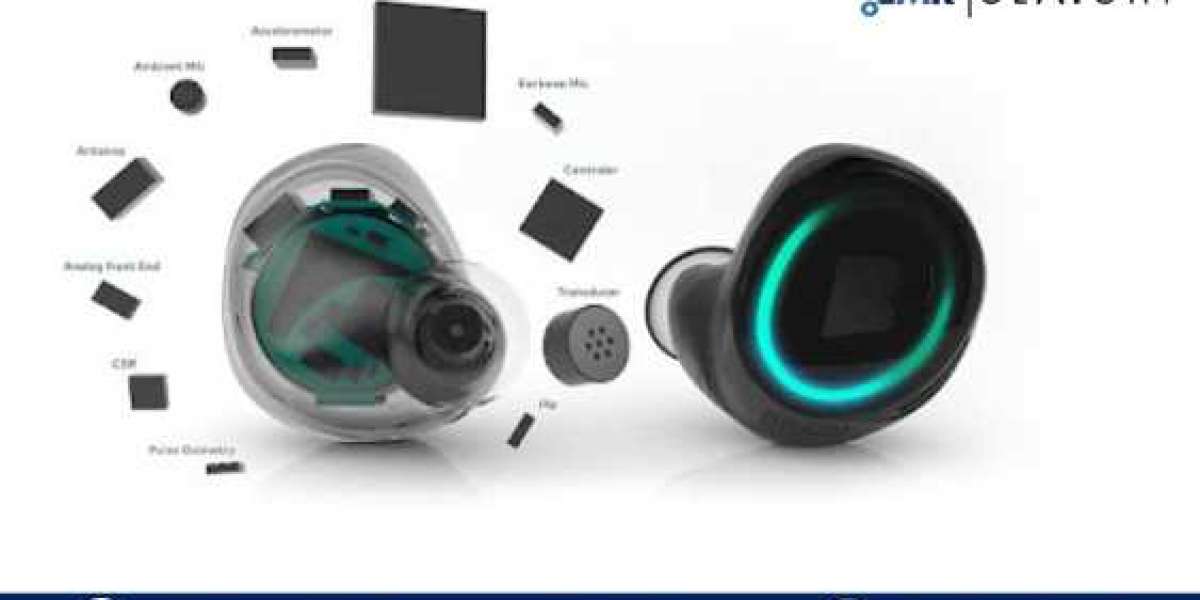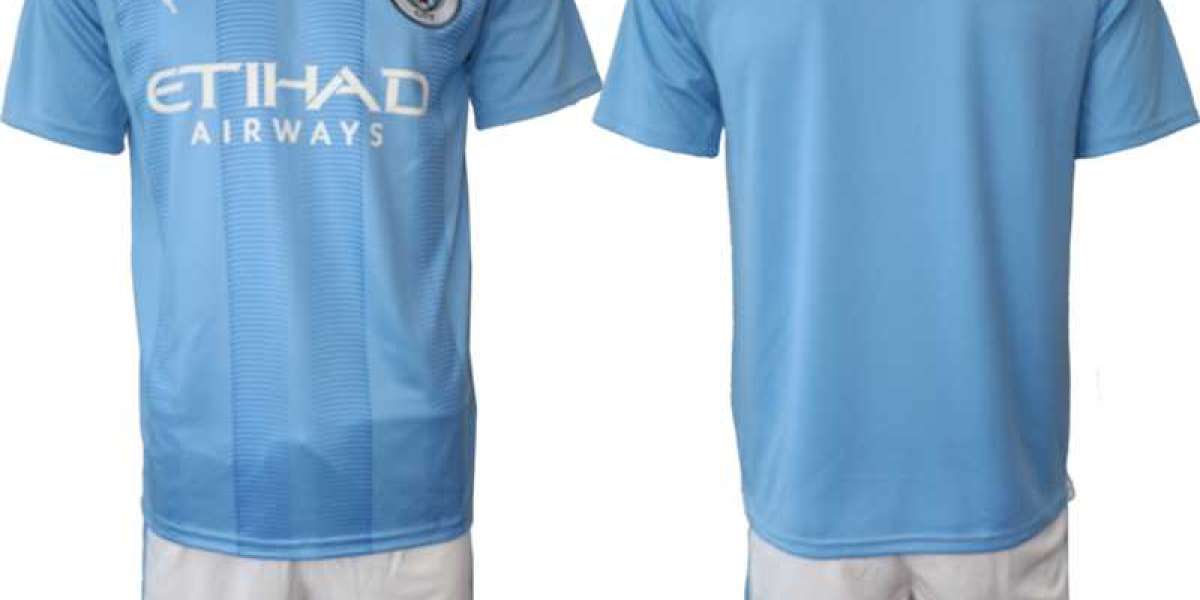The global industrial hearables market is witnessing a significant transformation, driven by advancements in technology and increasing demand for smart, wearable solutions. These devices, designed for specialized industrial applications, are not just about hearing enhancement but also about integrating advanced functionalities like communication, safety, and data collection. This comprehensive article explores the current market landscape, trends, growth drivers, and future prospects of the industrial hearables market from 2024 to 2032.
Market Overview
Industrial hearables are specialized hearing devices used in various sectors such as manufacturing, construction, and oil gas. Unlike consumer hearables, industrial hearables are built to withstand harsh environments, provide clear communication in noisy settings, and enhance safety by alerting users to potential hazards. The market for industrial hearables is expanding due to the increasing focus on worker safety, technological innovations, and the growing adoption of smart wearables in industrial settings.
Market Size and Growth
As of 2023, the global industrial hearables market is valued at approximately USD 535.35 billion. The market is expected to grow at a robust CAGR of 37.6% from 2024 to 2032, reaching around USD 9101.88 billion by 2032. This growth is driven by several factors, including technological advancements, increasing industrial automation, and a rising emphasis on worker safety.
Get a Free Sample Report with Table of Contents: https://www.expertmarketresearch.com/reports/industrial-hearables-market/requestsample
Key Market Trends
- Technological Advancements: The integration of advanced technologies such as artificial intelligence (AI), augmented reality (AR), and the Internet of Things (IoT) into hearables is enhancing their functionality. AI algorithms enable noise cancellation and voice enhancement, while AR and IoT features facilitate real-time data collection and communication.
- Increasing Focus on Worker Safety: Industrial sectors are increasingly prioritizing worker safety, leading to the adoption of hearables that provide hearing protection while enabling clear communication. Features like emergency alerts and real-time hazard notifications are becoming standard in industrial hearables.
- Growth in Industrial Automation: The rise in industrial automation and smart factories is driving the demand for advanced hearables. These devices are essential for maintaining communication and safety in highly automated environments where traditional communication methods may be inadequate.
- Customization and Personalization: Manufacturers are focusing on creating customizable and personalized hearables to meet the specific needs of different industries. Features like adjustable noise filters, modular designs, and tailored communication options are becoming popular.
Market Segmentation
- By Type:
- Hearing Protection Hearables: Designed to protect against harmful noise levels while allowing clear communication.
- Communication Hearables: Focus on enhancing communication in noisy environments with features like noise cancellation and voice amplification.
- Smart Hearables: Integrate various smart technologies such as sensors and connectivity options for enhanced functionality.
- By Application:
- Manufacturing: Used in factories and assembly lines where noise levels are high, and clear communication is essential.
- Construction: Provides protection and communication for workers in noisy and hazardous construction sites.
- Oil Gas: Ensures safety and effective communication in high-risk environments like oil rigs and refineries.
- Others: Includes applications in mining, automotive, and aerospace industries.
- By Region:
- North America: Dominates the market due to advanced industrial sectors and high adoption of smart technologies.
- Europe: Growing rapidly with increasing regulations on worker safety and industrial automation.
- Asia-Pacific: Expected to witness the highest growth due to expanding industrial sectors and infrastructure development.
- Latin America and Middle East Africa: Emerging markets with increasing industrial activities and safety regulations.
Key Drivers
- Technological Innovation: Continuous advancements in hearing technology and integration with smart devices are driving market growth.
- Regulatory Compliance: Stringent regulations regarding occupational safety and noise exposure are pushing industries to adopt advanced hearables.
- Increased Industrial Activity: Growth in industrial sectors and automation is increasing the demand for efficient communication and safety solutions.
Challenges
- High Cost: The advanced features and technologies in industrial hearables can lead to high costs, limiting their adoption, especially in smaller enterprises.
- Technological Integration: Integrating hearables with existing industrial systems and technologies can be complex and require significant investment.
- Durability and Reliability: Ensuring that hearables can withstand harsh industrial environments while maintaining performance is a critical challenge.
Recent Developments
- Product Launches: Companies are continually launching new products with enhanced features, such as advanced noise cancellation, longer battery life, and improved connectivity options.
- Strategic Partnerships: Collaborations between hearable manufacturers and technology companies are leading to innovative solutions and expanded market reach.
- Research and Development: Increased investment in RD is driving innovations in hearable technologies, focusing on improving functionality, comfort, and durability.
Competitive Landscape
The industrial hearables market is competitive, with several key players dominating the space. Prominent companies include:
- Honeywell International Inc.: Known for its advanced safety and communication solutions, Honeywell offers a range of industrial hearables with integrated communication features.
- 3M Company: A leading player in hearing protection and communication technologies, 3M provides hearables designed for harsh industrial environments.
- Sonova Holding AG: Offers a variety of hearable solutions, including smart and communication-focused devices for industrial applications.
- Bose Corporation: Known for its audio technology, Bose provides high-quality hearables with advanced noise cancellation features.
Future Outlook
The future of the industrial hearables market looks promising, with continued growth driven by technological advancements and increasing industrial safety requirements. Key trends to watch include the integration of AI and IoT, growing emphasis on worker safety, and the development of customizable solutions. As industries continue to evolve and automate, the demand for advanced hearable solutions is expected to rise, providing new opportunities for market players.
The global industrial hearables market is on a strong growth trajectory, driven by technological advancements and increasing industrial safety demands. With a projected CAGR of 37% from 2024 to 2032, the market is set to expand significantly, offering numerous opportunities for innovation and development. As industries continue to prioritize worker safety and embrace smart technologies, industrial hearables will play a crucial role in enhancing communication, safety, and efficiency in various industrial applications.













